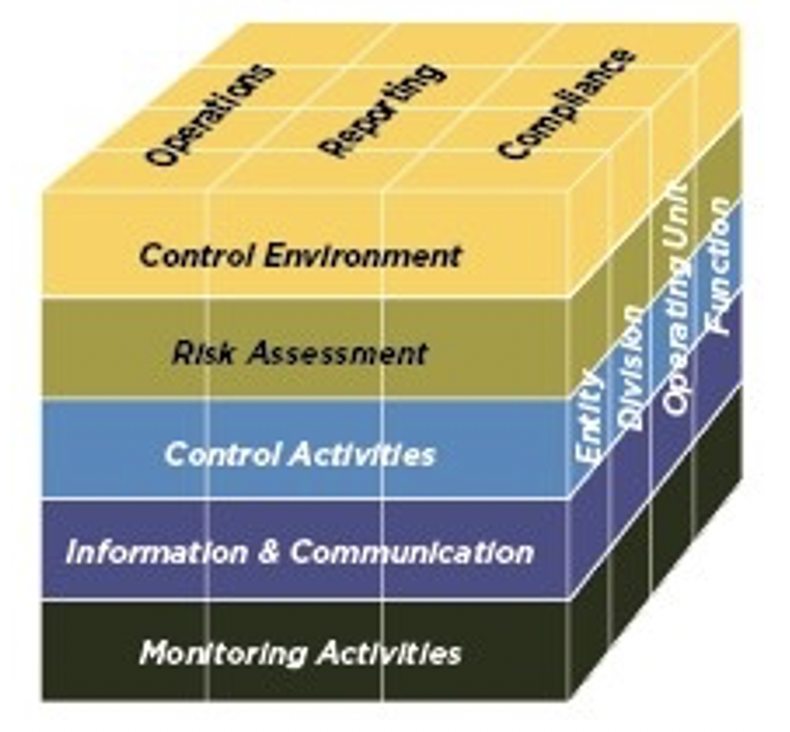
MOOC: Auditing the Sustainability of Infrastructure
1.3.1. Economic Impact of Infrastructure
Infrastructure is understood to be a critical factor in the health and wealth of a country, enabling private businesses and individuals to produce goods and services more efficiently. Infrastructure development – either building new or modernising existing infrastructure – requires substantial investment. At the same time, a number of studies have found empirical evidence supporting the positive impact of infrastructure on the economy. Moreover, infrastructure is a key driver of economic growth as well as competitiveness and social wellbeing.
 | Reading suggestion!The World Economic Forum Global Competitiveness Report 2019 as well as several earlier issues, outline infrastructure as the second of the 12 pillars of the competitiveness of nations, meaning that infrastructure is one of the key factors which determines a country’s level of productivity. Furthermore, the 2020 recovery special edition states that with ‘worsening social and economic polarization and the looming threat of climate change, the economic foundations created by well-functioning institutions, a stable macroenvironment and high-quality infrastructure will be critical’. |
The economic impact of infrastructure development can broadly be categorised as inputs and outcomes, meaning that, on the one hand, infrastructure development can be quite expensive for governments to undertake but, on the other hand, it can bring economic benefits.
 | Audit suggestion!Furthermore, once infrastructure has been developed, further costs are to be expected for maintenance and disposal or decommissioning. Take a look at this audit conducted by the Government Accountability Office of the United States of America, which, among other things, looks at how infrastructure lifecycle costs are managed. We will also take a more in-depth look at lifecycle cost management and assessment in the next module. |
With respect to overall economic outcome, increased infrastructure spending by the government is generally expected to result in higher economic output in the short term by stimulating demand and in the long term by increasing overall productivity.
Simply put, public infrastructure is a valuable resource for both consumers and businesses and improves their ability to produce and consume goods and services. The ability of businesses to produce goods and services more efficiently is crucial for economic growth. Investing in infrastructure generally contributes to increased productivity, leading to higher GDP over time.
Investments in core infrastructure, such as roads, railways, airports and utilities, are expected to produce large gains in economic output. Furthermore, infrastructure projects are expected to have subsequent effects on employment, i.e. reduction in the unemployment rate in response to increased infrastructure investment. As the government selects contractors to complete new infrastructure projects, contractors hire additional workers, such as architects and construction workers.
During recessions and times of heightened unemployment, such as most recently during the worldwide COVID-19 pandemic, many governments opt to increase investments in infrastructure to increase employment and boost the economy.
 | Audit suggestion!Furthermore, infrastructure projects have the tendency to cost (considerably) more than expected. Take a look at this audit by the German Supreme Audit Institution, which looks at the government’s expenditure and cost control of a mine project in connection with the retrieval of nuclear waste. The audit concludes, among other things, that there is a high risk that the project will exceed its budget and that the responsible ministry has been negligent in performing its steering and oversight duties. |
This is why it may also be wise to look at how the companies building, operating or decommissioning the project are performing, given that the audit institution has the necessary mandate to do so. For this, generally, these companies should be state-owned enterprises. It is usually more difficult for SAIs to audit private entities, though there are some ways to ensure that they also comply with sustainability requirements. For example, SAIs might audit the control measures and monitoring system the state has in place or the regulations themselves.

A good way to audit the (state-owned) companies is by checking their internal control system. A widely used tool for doing this is the Committee of Sponsoring Organizations of the Treadway Commission or COSO framework.
This is the same framework that was used in the Rail Baltic cooperative audit between Estonia, Latvia and Lithuania. The three SAIs sought to establish whether the national and international companies in charge of implementing the project have internal control measures in place to ensure the timely and cost-efficient implementation of the project.
On the right, the so-called COSO cube is presented, which shows all the different aspects of the internal control system and how they are integrated with each other, forming an overall picture of internal control. On the top part of the cube, the objectives of the internal control system are presented. The components of the internal control system are presented on the front of the cube and the structure of the organisation on the side. To learn more about what each side of cube encompasses, view this COSO summary.


